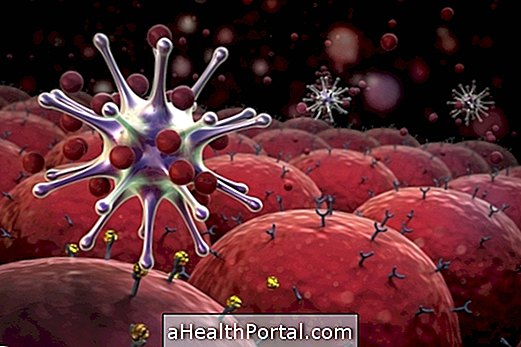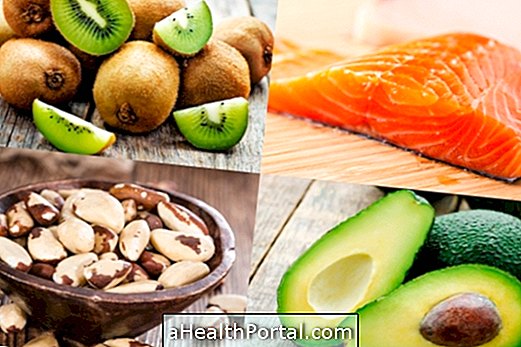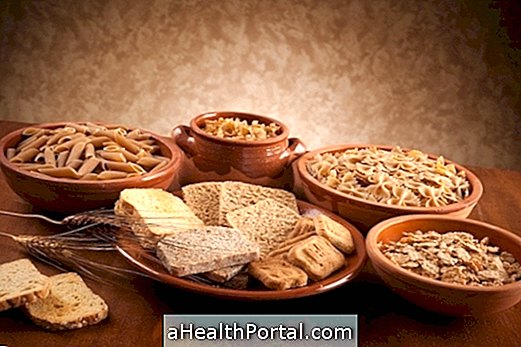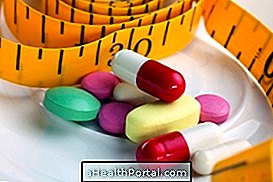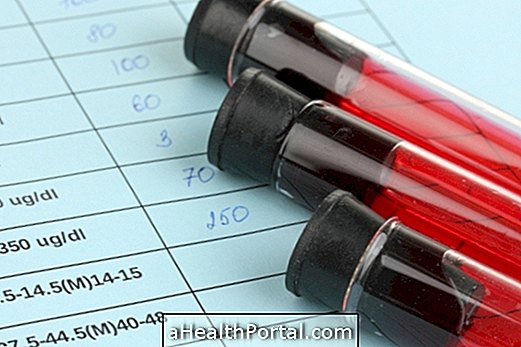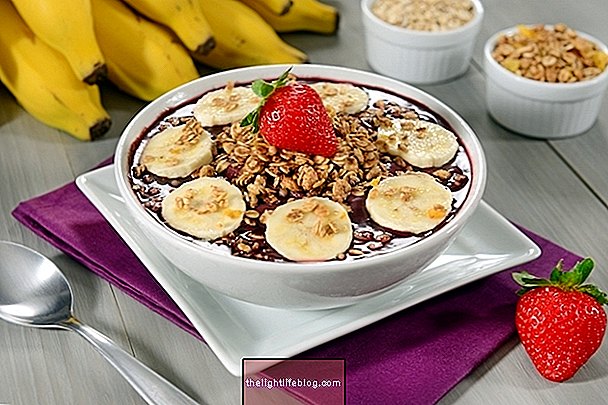Coriander, a herb widely used as a kitchen dressing, brings health benefits such as helping control cholesterol, preventing anemia, and improving digestion.
In addition to being used to flavor and smell culinary preparations, coriander can also be used to increase salads, green juices and teas. Its main benefits are:
- Prevent cancer by being rich in carotenoids, substances with high-power antioxidants;
- Protect the skin against aging by being rich in carotenoids and reducing the damage caused by UVB rays;
- Help control cholesterol because it has unsaturated fats and vitamin C, which help to reduce bad cholesterol (LDL) and increase good (HDL);
- Improve digestion as it regulates liver function and helps fight intestinal infections;
- Help control blood pressure by being rich in calcium, a nutrient that helps relax blood vessels and lower blood pressure;
- Help detoxify and eliminate heavy metals from the body such as mercury, aluminum and lead. See more here;
- Prevent anemia, being rich in iron;
- Combat intestinal infections because its essential oil has antimicrobial properties and its nutrients help to strengthen the immune system.
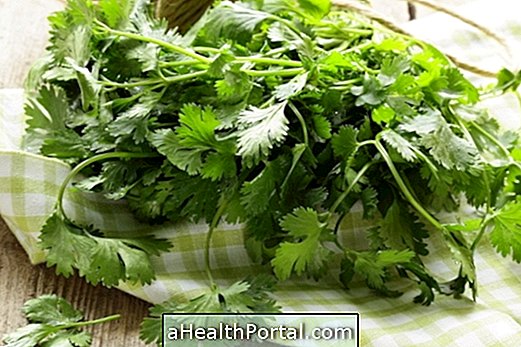
In addition, using coriander in the preparation of meats causes a reduction in the production of heterocyclic amines, substances that are formed during cooking and, when consumed in excess, increase the risk of cancer.
Nutritional information
The following table shows the nutritional information for 100 g coriander.
| Raw coriander | Dehydrated coriander | |
| Energy | 28 kcal | 309 kcal |
| Carbohydrate | 1.8 g | 48 g |
| Protein | 2.4 g | 20.9 g |
| Fat | 0.6 g | 10.4 g |
| Fibers | 2.9 g | 37.3 g |
| Calcium | 98 mg | 784 mg |
| Magnesium | 26 mg | 393 mg |
| Iron | 1.9 mg | 81.4 mg |
Coriander can be consumed fresh or dehydrated, can be added as a culinary seasoning, in juices, salads and teas.
How to plant
Coriander can be grown year-round, growing easily in small pots inside or outside the home, but always in places that receive plenty of sunlight.
To plant, you must have a soil rich in nutrients and humid, where the coriander seeds are placed to a depth of about 1.5 cm, distant from each other at least 3 cm.
The seeds should be watered frequently and usually germinate after about 1 to 2 weeks. When the plant is 15 cm, you can collect your leaves weekly, and the plant will no longer need so much water, only from moist soil.

How to use
In addition to being used as fresh or dehydrated herb, coriander can also be used in the form of tea and essential oil.
Coriander tea
Coriander tea can be used to improve digestion, fight intestinal gas and relieve migraine, and should be prepared in the proportion of 1 tablespoon of the seeds for every 500 ml of water.
You should add the seeds in water and bring to the fire. After boiling, wait 2 minutes and turn off the heat, allowing the mixture to rest for another 10 minutes. Coar and drinking warm or frosty. See How to Use Coriander to Avoid Gas.
Essential oil
Coriander essential oil is made from the seeds of the plant, and is used to improve digestion, flavor drinks and flavor perfumes.
Coriander Sauce Recipe
This sauce can be used to accompany red meats and barbecues.
Ingredients:
- 1 cup coarsely chopped coriander
- 1 clove garlic
- 2 tablespoons lemon juice
- 2 tablespoons extra virgin olive oil
- 1 tablespoon of salt
- ½ cup of water
- ¼ cup cashew nuts
Method of preparation:
Beat all the ingredients in the blender until it turns a uniform paste.

